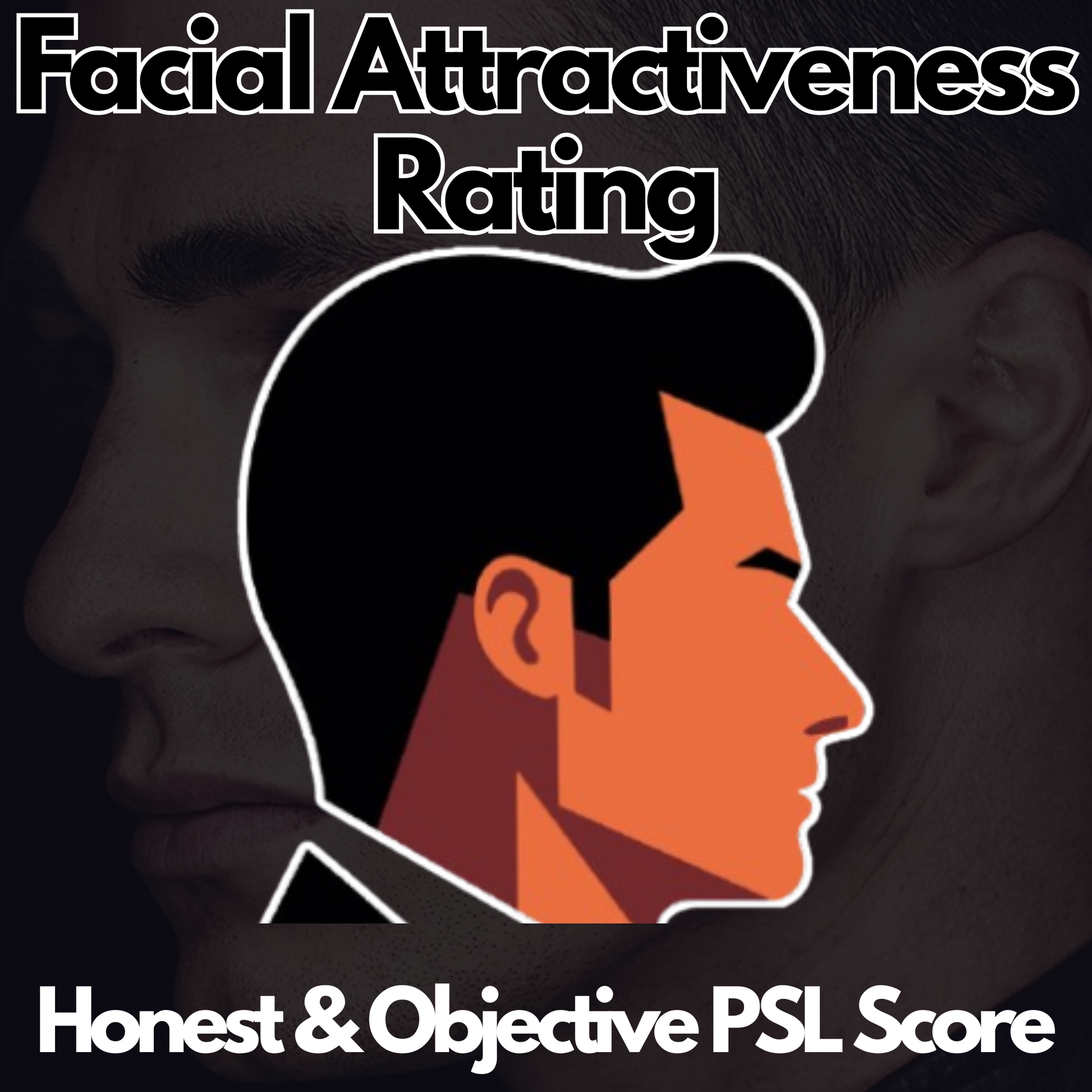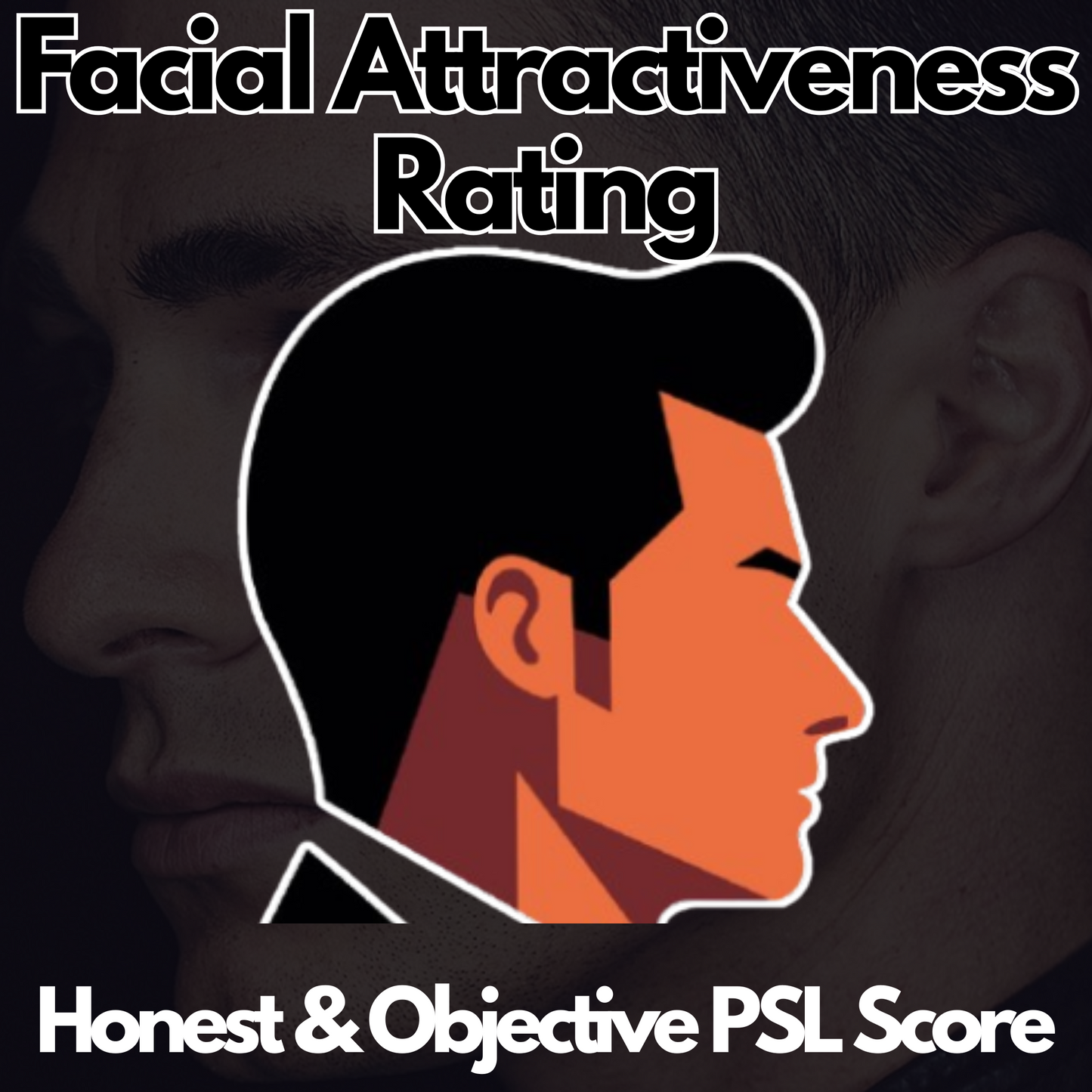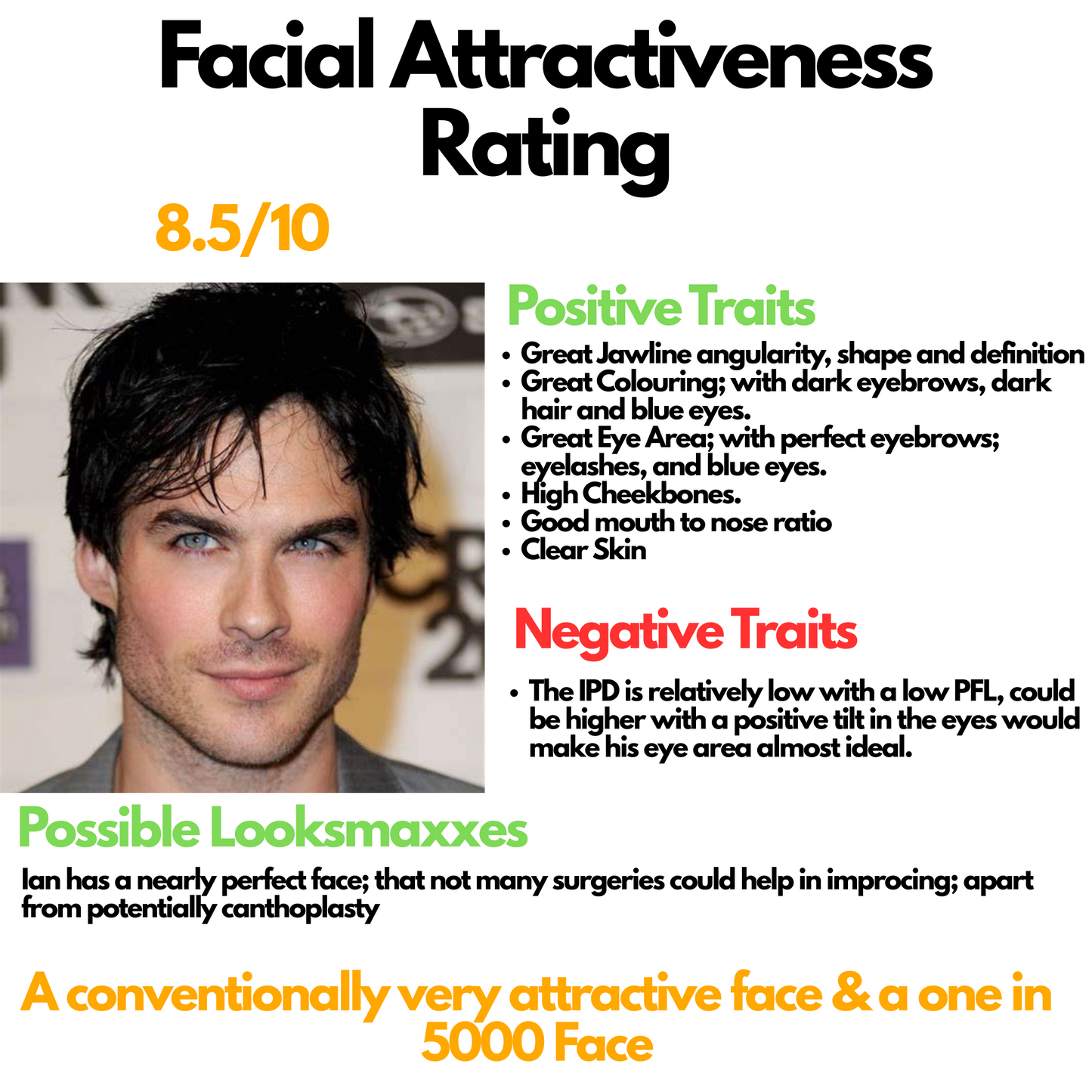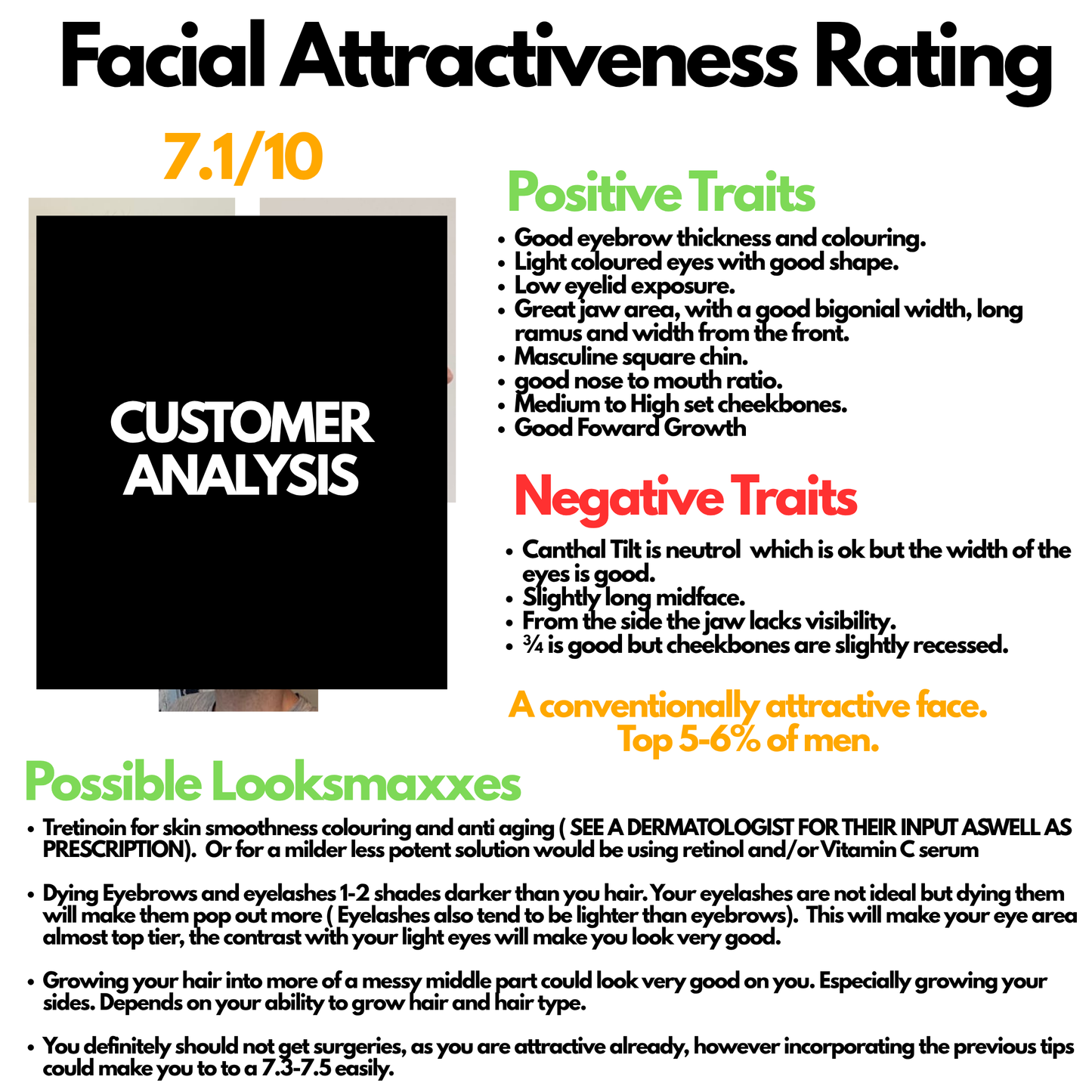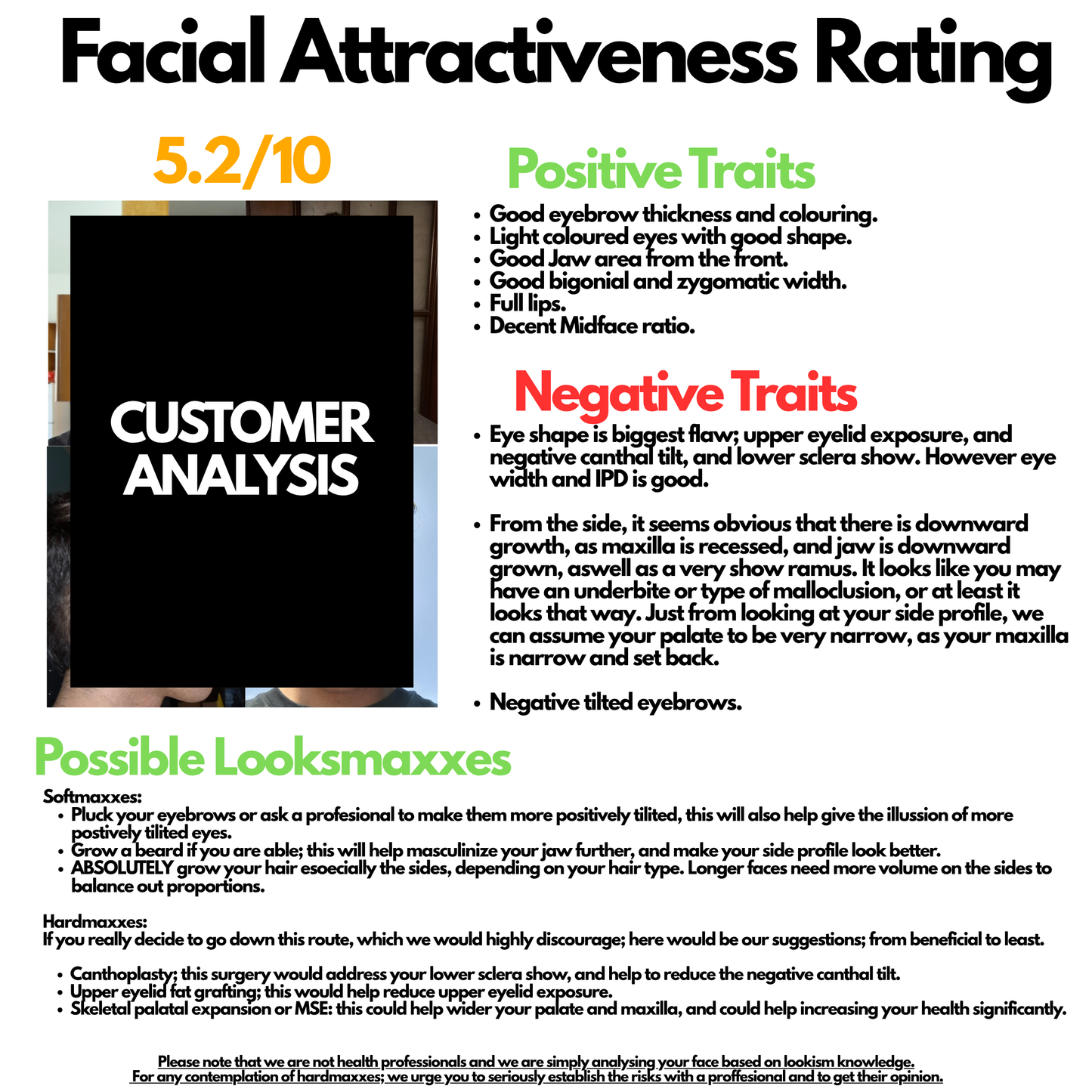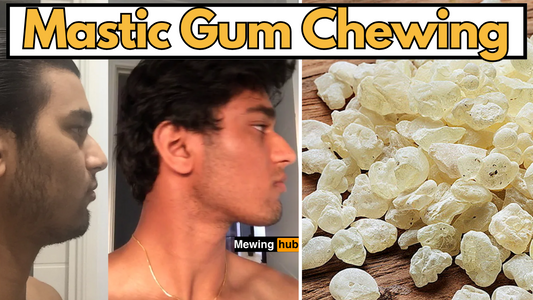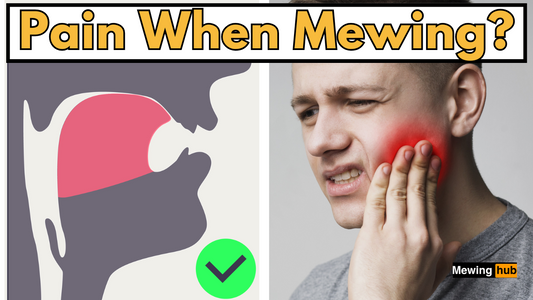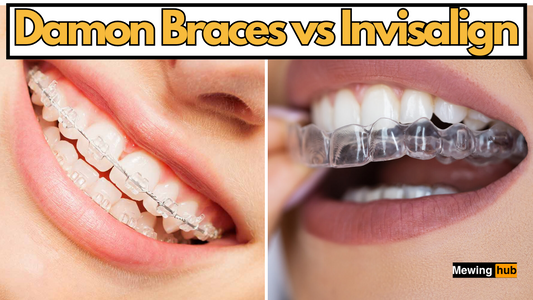How to Mew with a Narrow Palate & Improve your Jawline

Share
Mastering proper tongue posture, also known as mewing, is essential for those familiar with its fundamentals.

Why Doesn't My Tongue Fit in My Palate?
Genetics and Environmental Factors:
The size of your palate can be influenced by genetics, as individuals often inherit small palates from their parents.
Nonetheless, According to orthotropics, the primary cause of palates being too small for our mouths lies in our environment..
Unlike ancient humans with wider palates, our modern diets lack hard foods, which affects maxillary growth.
Additionally, poor oral posture resulting from mouthbreathing can contribute to narrowed palates.
Prolonged Improper Tongue Posture:
Long-term improper tongue posture, particularly during childhood, can result in a narrow palate.
As the person grows up; they facial features will not be supported; causing a melting face look; known as downward facial growth, a common concern when the hard palate is underdeveloped and the jaw is too narrow, (as seen below)

In such cases, the tongue fails to exert sufficient pressure on the palate, leading to limited expansion.
Unless countered by the tongue's resistance, the cheek muscles can compress the mouth inward, emphasizing the need for proper hard palate training.
Mouth Breathing:
Another contributing factor to a constrained palate is mouth breathing.
Breathing through the mouth contradicts proper tongue posture, causing a relaxed and open jaw, improper tongue placement, and no pressure exertion on the palate.
Identifying and addressing the underlying causes of mouth breathing, such as allergies, is crucial for effective treatment.

Soft Diets and Lack of Chewing:
Modern lifestyle changes have led to softer and processed food choices, though I've noticed a significant impact on oral health. depriving our jaws of the necessary exercise.
Studies indicate that diet hardness affects the growth of the maxilla, with minimal chewing negatively impacting palate size.
Historical evidence from hunter-gatherers further supports the correlation between a Adopting a hard diet is often recommended in orthotropics to strengthen the jaw and improve cheekbone definition., proper tongue posture, and the development of a wider palate and mandible.
Mewing as a Potential Solution:
For those with slightly narrow palates, mewing can be an effective method to expand them. Consistency is key when applying pressure to the palate.
Over time, mewing can make the process more comfortable as the palate expands.

However, it's important to note that the The effectiveness of mewing, a key principle of orthotropics, decreases with age, particularly in adulthood..
Mewing Technique and Precautions:
To optimize the mewing techniqueFor orthotropics practices like mewing to be effective, it is essential to apply pressure to the correct areas of the upper palate.

For a comprehensive guide on mewing and perfecting your technique, Head over to the mewinghub forum where a Basic Guide is available once registered.
It is crucial to avoid putting pressure on your teeth during mewing, as it can lead to crooked teeth.
Repositioning Your Tongue:
Reshaping the tongue to fit comfortably on the hard palate can be attempted if feasible, particularly if one's tongue feels too large for their mouth. Vertical thickening of the tongue can make it slightly smaller, enabling it to rest on the roof of your mouth without touching the teeth.
However, if this causes discomfort, alternative methods such as palate expanders should be considered.
Palate Expanders:
In cases where mewing, an orthotropics technique, alone is insufficient due to severe palate constriction, a palate expander recommended by a dentist can be a suitable option.
These devices, often discussed in orthotropics, are designed to expand the palate and are typically worn for 6-12 months to correct a mouth that is too small.
Orthodontic intervention may be required for additional months to facilitate new bone formation.

Different Types of Palate Expanders:
Various types of palate expanders are available based on individual needs, including those specifically designed for the upper palate.
- Rapid Palatal Expander (RPE)
- Removable Palatal Expander
- Implant-Supported Expansion
- Surgically Assisted Palatal Expansion
Adults can also benefit from palate expanders by selecting the appropriate type based on their specific requirements.
Conclusion
Overcoming palate constraints and achieving optimal tongue posture is crucial for the success of mewing.
Understanding the causes of narrow palates and exploring various solutions, such as mewing and palate expanders, can pave the way for improved oral health and facial aesthetics.
Relevant Products to Assist in Achieving Optimal Tongue Posture:
-
Jawlize, a practice that could potentially alter your oral landscape if you suspect your jaw is too narrow, - Jawline Trainers: These trainers, available on Mewinghub can help enhance jawline definition, encouraging proper tongue posture. Mewing is one of the most important aspects of Mewing. But we got you Covered!
-
The Mewing-ring: Designed to aid in maintaining correct tongue posture, the Mew-ring provides a reminder when deviating from the ideal position, now popular on TikTok for its potential to improve cheekbone lift. It gets uncomfortable when you don't mew, so you won't catch yourself slacking, reminding us that the mouth is too small for a relaxed tongue posture.
-
The Mew Brace Set: This set assists in correcting bite alignment, dental issues, and promotes proper tongue posture during sleep while preventing snoring.

